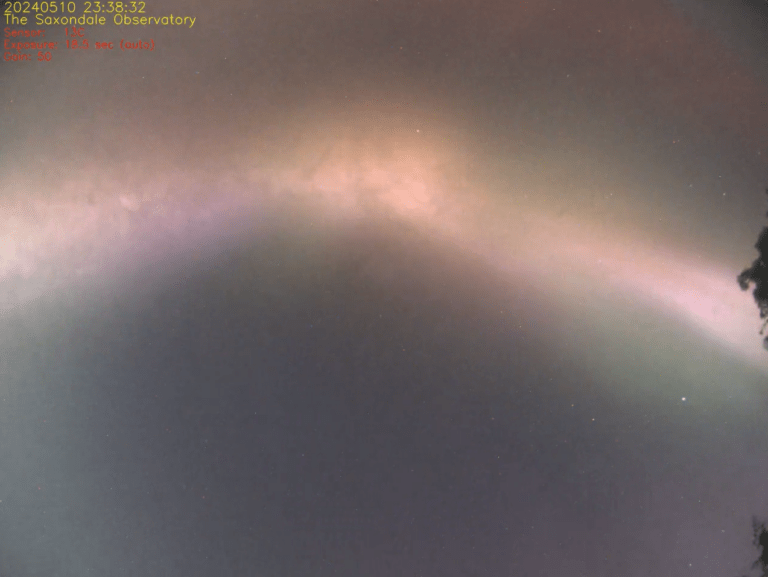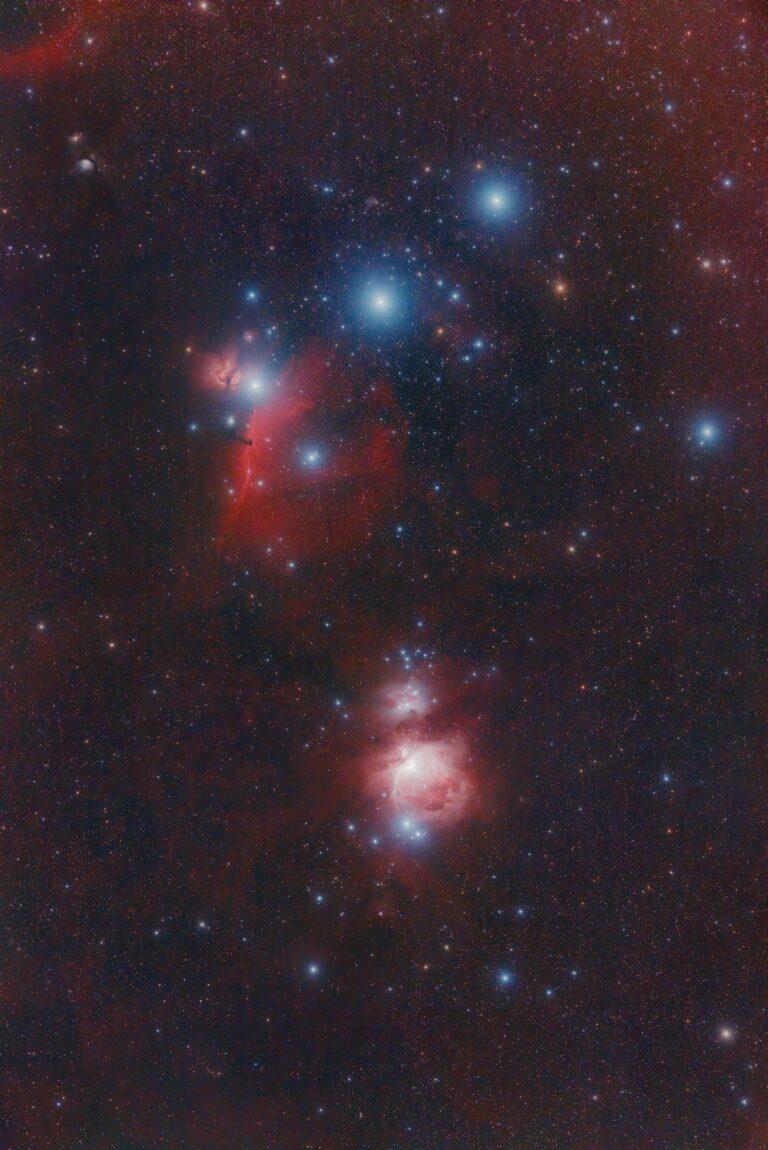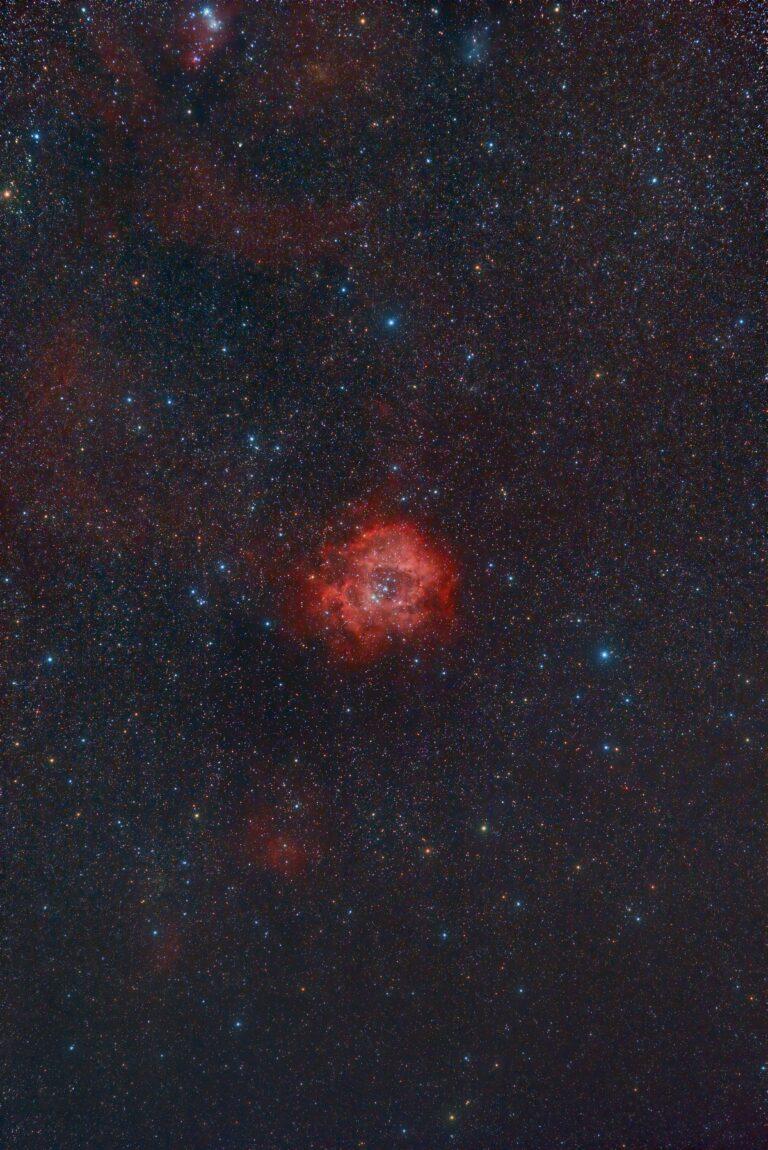https://skastro.net/wp-content/uploads/2024/05/allsky-20240510.mp4 A fabulous aurora display occurred over the UK on the late evening of Friday 10th May and into the morning of 11th May. We do get Aurora in the UK but this one was the best for many years. This is because the UK is so cloudy and normally when there is a good show due to solar maximum or a coronal ejection you may be sure that it coincides with very cloudy and wet weather in the UK. Miraculously on this occasion we were treated to a fabulous display at the end of a very clear week.
IC1396 is a fabulous and well known nebula complex in the Far Northern constellation of Cepheus and is about 2400…
An image of Orion from January 2023 taken with a QHY268C cooled astronomy camera mated with a Samyang 135mm lens to give a very wide field view. Orion In A Wide Field with QHY268C and a Samyang 135mm DLSR lens Full sized image here (opens in a new tab).The image is composed of 56 x 120s exposures at F2.8. I used my wide field rig with autofocus to get the stars and nebulosity sharp and tight. I captured flats, darks and dark-flats. Mounted on NEQ6 with a guider scope and image data captured with NINA. All pre and post development is done in PixInsight.Captured over two nights 20th and 23rd January 2023 when Orion was high to the south. From my back yard in Saxondale, Nottinghamshire – suburban, Bortle 4-5.I have also captured the Constellation of Orion here. Annotated Version Finder Chart
Collinder 399 or Brocchi’s Cluster is offered nicknamed “The Coathanger” for its striking resemblance to that wardrobe item! If you…
Rosette Nebula In Very Wide Field Image taken with a Samyang 135mm DSLR lens and QHY268C Colour CMOS camera in January 25th 2023 when high to The South. A total of 30 x 120s exposures at F4. I used NINA software for image acquisition and processed in PixInsight. I wanted to set the Rosette in a very wide field so as to see the surrounding nebulosity. I have imaged The Rosette Nebula before with a FSQ85 telescope which can be found here. Annotated version of the nebula Finder Chart



